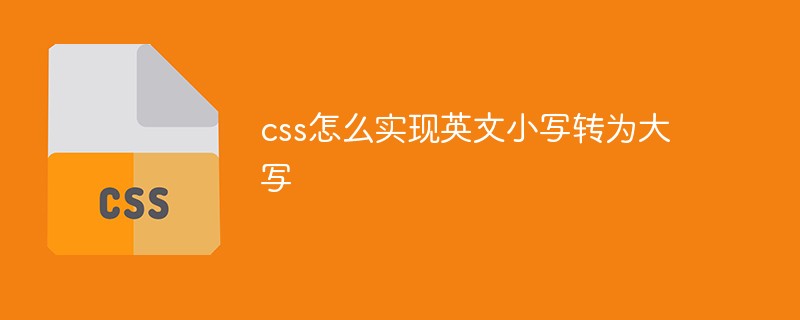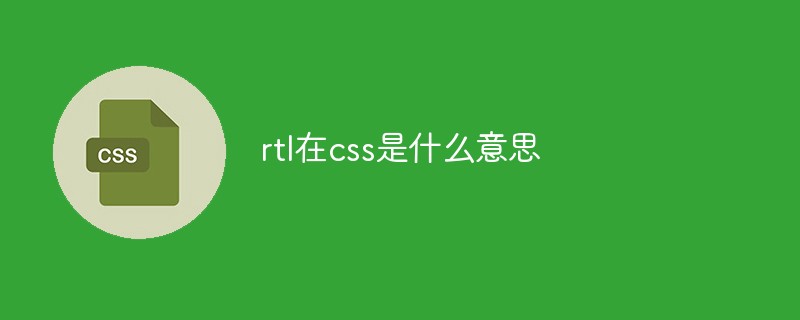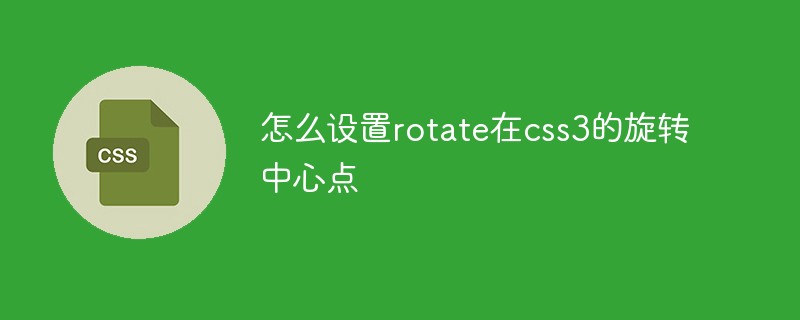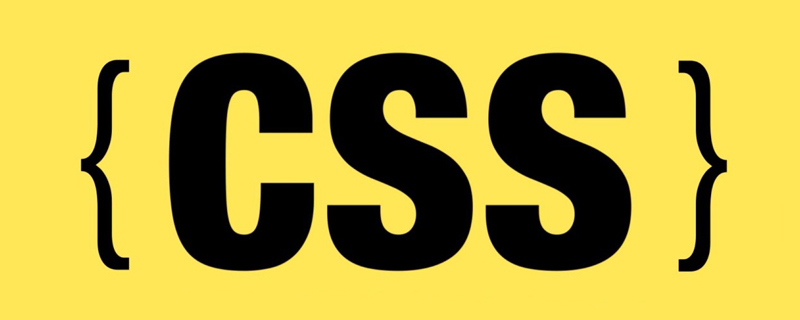Today’s article integrates the previous CSS supplementary knowledge.
I think the previous knowledge about css is a bit confusing to add, so I will sort it out today.
Cascading Style Sheet
What does cascading mean? Why is this word so important to be in its name.
Cascading can simply be understood as conflict resolution.
What is conflict?
means adding the same style to the same element after selecting it using different selectors.
Priority rules can be expressed as
Inline style>ID style>Category style>Tag style
In a complex page, a certain element may Get the style from many places. For example, a certain
-level title of a website is set to use green as a whole, but a special column needs to use blue, so you need to use
in the column. Override common style settings. In a very simple page, it will not be difficult to implement such special requirements,
But if the structure of the website is very complex, it is entirely possible that the code will become very confusing and may not be found
The style of a certain element comes from which rule. Therefore, it is necessary to fully understand the principle of "cascading" in CSS.
Calculating the priority of conflicting styles is a relatively complex process, and it is not just what the above simple priority rule
can fully describe. But readers can follow a general principle, which is "the more special the style, the higher the priority."
As for how this is special and how to position it the more special it is, please read the following content.
Specificity:
Each selector has specificity, and if an element has two or more conflicting attribute declarations, the one with higher specificity wins.
The specificity of a selector is determined by the components of the selector itself. The specificity value is expressed in 4 parts, such as: 0,0,0,0.
The specific specificity of a selector is determined as follows:
For each ID given in the selector Attribute value, add one to the second part: 0,1,0,0.
For each class attribute value, attribute selection or pseudo-class given in the selector, add one to the third part: 0,0,1,0.
For each element and pseudo-element given in the selector, add one to the fourth part: 0,0,0,1.
Combinators and wildcard selectors do not contribute anything to specificity.
But the specificity of the wildcard selector is zero: that is, 0,0,0,0.
The combining symbol doesn't even have zero.
Example:
h1{color:red;} is 0,0,0,1
p em{color:purple} is 0,0,0,2
.grape{color:purple} is 0,0,1,0
p.b e.a{color:red; } 0,0,2,2
#aa {color:red;} 0,1,0,0
p#aa *[href]{color:red;} 0,1,1,1
And the first 0 It is prepared for inline styles, because the earlier it is, the higher the priority is. If the positions of the non-zero numbers are the same, then compare the size of the previous numbers first,
, and then compare downwards until the numbers are not relative. The one with the larger number has higher priority.
That’s why there is the general priority rule above:
Inline style>ID style>Category style>Tag style
They can just be used as each There are also four representatives of some departments, and they are seated according to their numbers.
Important statement !important means to mark the statement you need. It has the highest priority, but it should be placed at the end of the declared value.
Inheritance:
The speciality of inheritance is not even zero, that is, there is no speciality;
There is a big difference between this zero speciality and no speciality. That is, a selector with 0 specificity can add styles to descendants.
Although inheritance can also add styles to descendants, there are restrictions. Only those with the ability to inherit can be added to descendant elements, such as color, etc. Margin, padding and border properties will not be added to descendants.
Those with the same weight will be compared in order. The lower the order, the higher the priority.
Higher specificity is stronger than lower specificity
So pseudo-class declaration order: link-visited-hover-active
LVHA (abbreviation)
When :visited comes after them, since the weights are the same, their order will be looked at, and :visited will win after them.
This problem will not occur if unified attributes are not written. So be careful when writing the same attribute! ! ! !
The above is the core foundation of css.
Expand this knowledge:
Containing block:
The width of the containing block is the width of the parent of the contained element width, and the width of the parent is the
margin-left + border-left + padding-left + width + padding-right + border-right + margin-right=containing block horizontal Width
width, margin-left, and margin-right can all be set to auto;
If margin-left and margin-right are set to auto at the same time, they will be centered, but this is a problem Conditional:
1. This element must be a block-level element and not separated from the document flow
2. This element has set width
margin-top and margin-bottom settings Auto will not center vertically. If set to auto, they will only be equal to zero.
The seven attributes of the total horizontal length. These seven attributes are the attributes of the calculation formula above. Their sum cannot be greater than the total horizontal length, and margin can be a negative value, which does not violate this rule in calculation.
Note: Only margin can be negative.
As for what it looks like when the margin is negative, experience it yourself. This attribute seems quite illegal.
The above summary of the core basics of CSS (recommended) is all the content shared by the editor. I hope it can give you a reference, and I also hope that everyone will support the PHP Chinese website.
For more articles related to the summary of the core basics of css, please pay attention to the PHP Chinese website!
 css ul标签怎么去掉圆点Apr 25, 2022 pm 05:55 PM
css ul标签怎么去掉圆点Apr 25, 2022 pm 05:55 PM在css中,可用list-style-type属性来去掉ul的圆点标记,语法为“ul{list-style-type:none}”;list-style-type属性可设置列表项标记的类型,当值为“none”可不定义标记,也可去除已有标记。
 css与xml的区别是什么Apr 24, 2022 am 11:21 AM
css与xml的区别是什么Apr 24, 2022 am 11:21 AM区别是:css是层叠样式表单,是将样式信息与网页内容分离的一种标记语言,主要用来设计网页的样式,还可以对网页各元素进行格式化;xml是可扩展标记语言,是一种数据存储语言,用于使用简单的标记描述数据,将文档分成许多部件并对这些部件加以标识。
 css3怎么实现鼠标隐藏效果Apr 27, 2022 pm 05:20 PM
css3怎么实现鼠标隐藏效果Apr 27, 2022 pm 05:20 PM在css中,可以利用cursor属性实现鼠标隐藏效果,该属性用于定义鼠标指针放在一个元素边界范围内时所用的光标形状,当属性值设置为none时,就可以实现鼠标隐藏效果,语法为“元素{cursor:none}”。
 css怎么实现英文小写转为大写Apr 25, 2022 pm 06:35 PM
css怎么实现英文小写转为大写Apr 25, 2022 pm 06:35 PM转换方法:1、给英文元素添加“text-transform: uppercase;”样式,可将所有的英文字母都变成大写;2、给英文元素添加“text-transform:capitalize;”样式,可将英文文本中每个单词的首字母变为大写。
 rtl在css是什么意思Apr 24, 2022 am 11:07 AM
rtl在css是什么意思Apr 24, 2022 am 11:07 AM在css中,rtl是“right-to-left”的缩写,是从右往左的意思,指的是内联内容从右往左依次排布,是direction属性的一个属性值;该属性规定了文本的方向和书写方向,语法为“元素{direction:rtl}”。
 css怎么设置i不是斜体Apr 20, 2022 am 10:36 AM
css怎么设置i不是斜体Apr 20, 2022 am 10:36 AM在css中,可以利用“font-style”属性设置i元素不是斜体样式,该属性用于指定文本的字体样式,当属性值设置为“normal”时,会显示元素的标准字体样式,语法为“i元素{font-style:normal}”。
 怎么设置rotate在css3的旋转中心点Apr 24, 2022 am 10:50 AM
怎么设置rotate在css3的旋转中心点Apr 24, 2022 am 10:50 AM在css3中,可以用“transform-origin”属性设置rotate的旋转中心点,该属性可更改转换元素的位置,第一个参数设置x轴的旋转位置,第二个参数设置y轴旋转位置,语法为“transform-origin:x轴位置 y轴位置”。


Hot AI Tools

Undresser.AI Undress
AI-powered app for creating realistic nude photos

AI Clothes Remover
Online AI tool for removing clothes from photos.

Undress AI Tool
Undress images for free

Clothoff.io
AI clothes remover

AI Hentai Generator
Generate AI Hentai for free.

Hot Article

Hot Tools

SublimeText3 Linux new version
SublimeText3 Linux latest version

Notepad++7.3.1
Easy-to-use and free code editor

Atom editor mac version download
The most popular open source editor

WebStorm Mac version
Useful JavaScript development tools

ZendStudio 13.5.1 Mac
Powerful PHP integrated development environment







